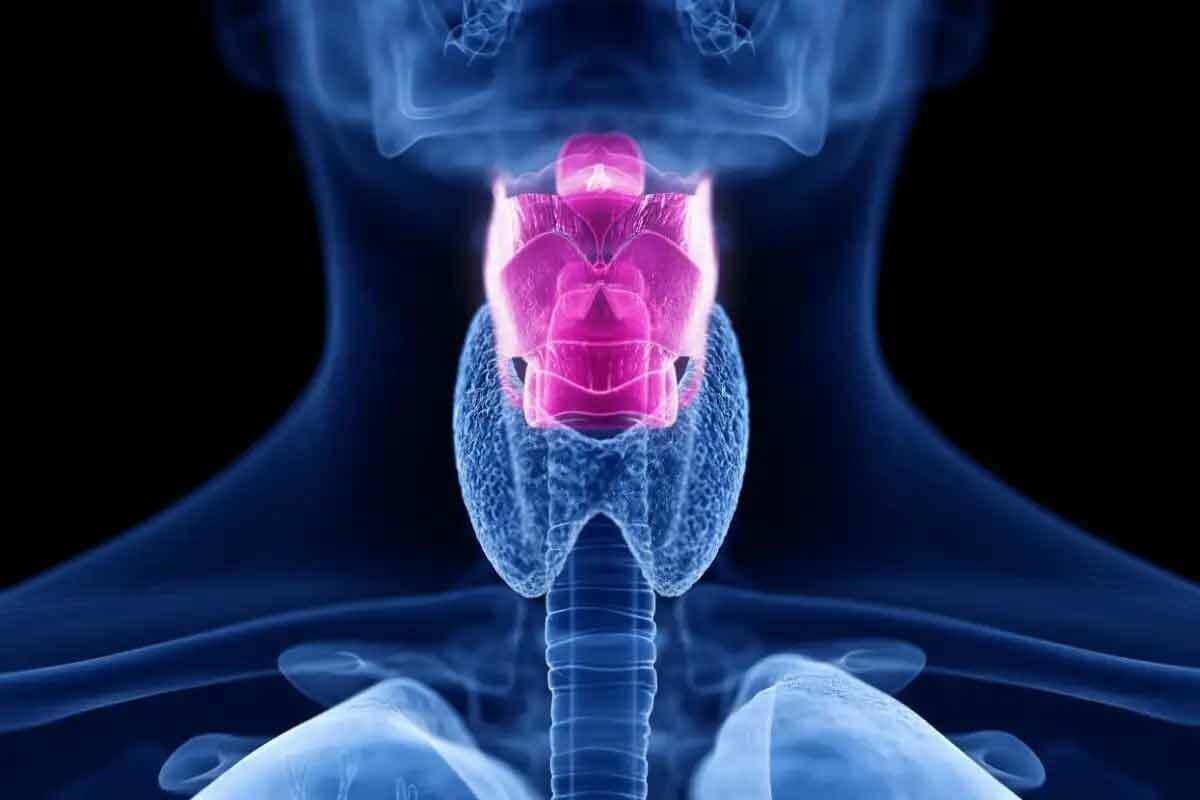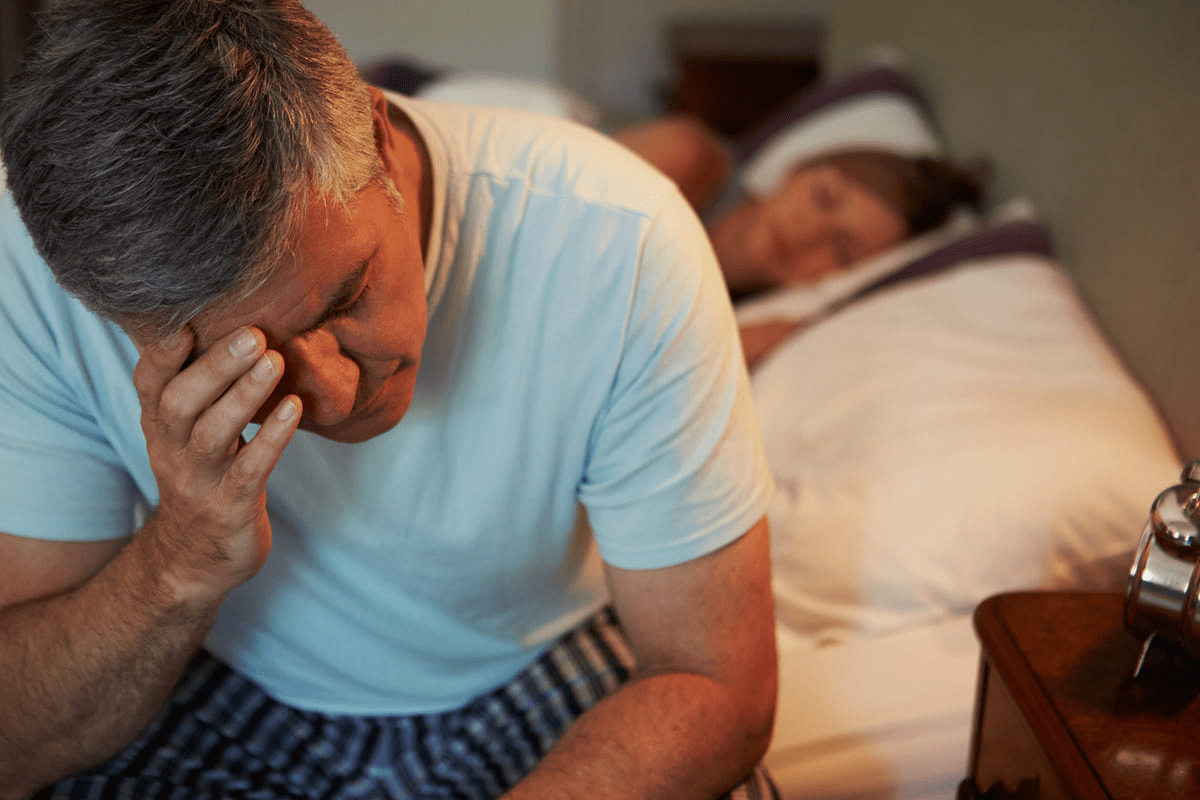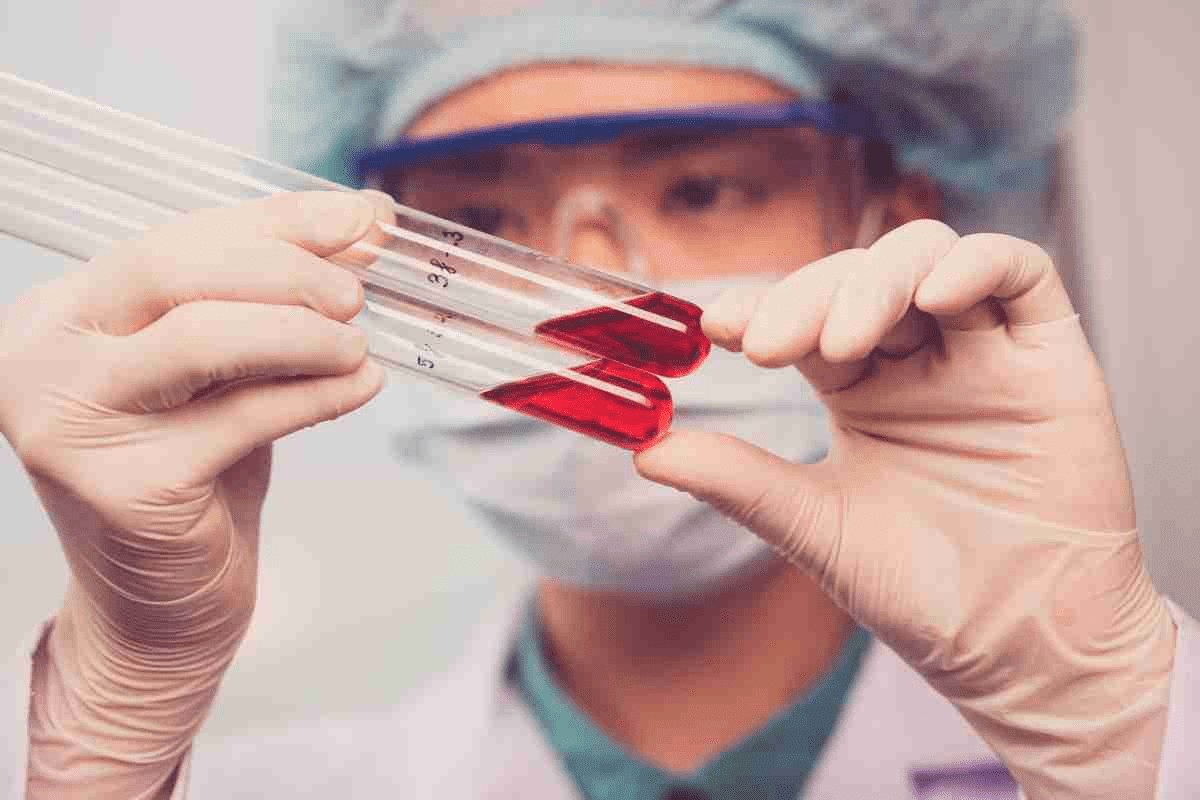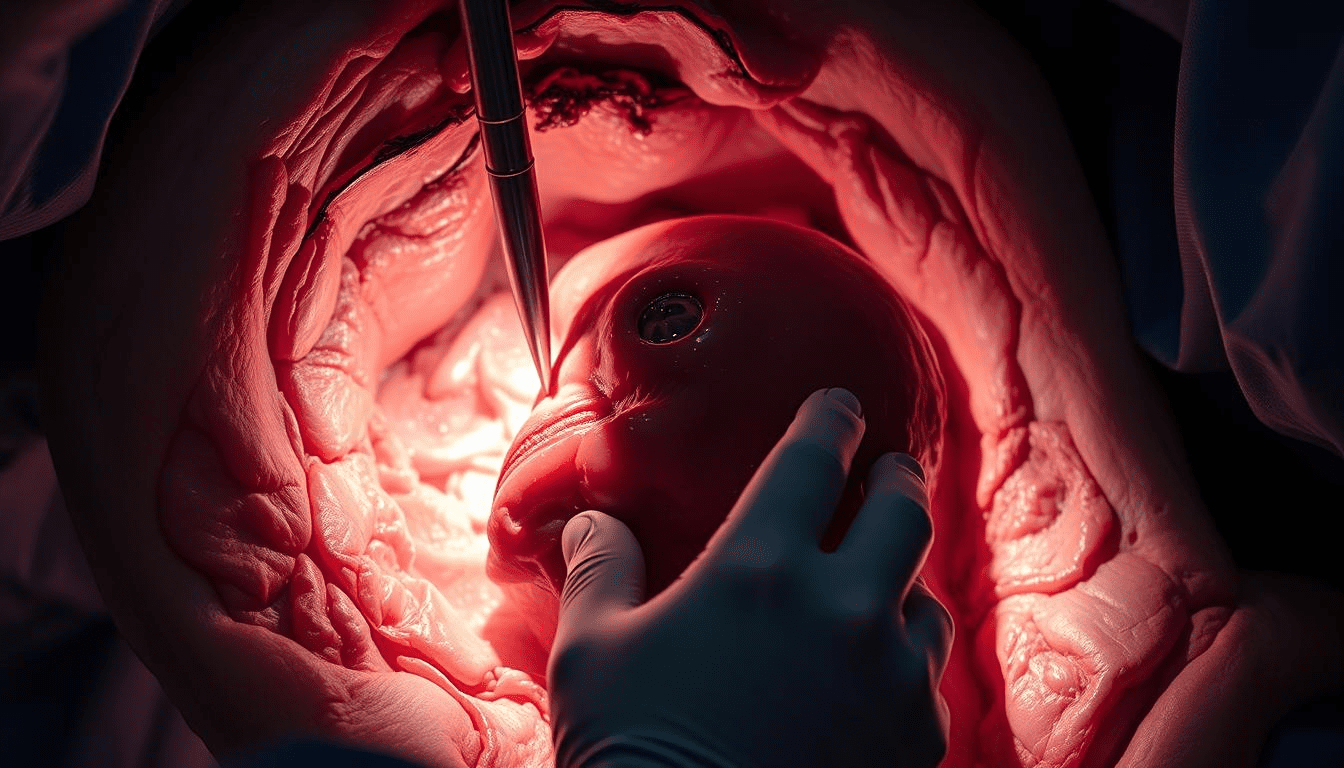Last Updated on November 26, 2025 by Bilal Hasdemir
Abdominal discomfort is a common issue, affecting millions globally. Colon pain is a worrying symptom, often showing a problem with digestion.
The lower abdomen is where colon pain usually hits. It can feel like a dull ache or a sharp stab. It might also come with bloating or changes in bowel movements.
Understanding the location and characteristics of abdominal pain is essential for accurate diagnosis.
Key Takeaways
- Colon pain is often felt in the lower abdomen.
- Abdominal pain can be a symptom of an underlying digestive issue.
- Understanding the location and characteristics of abdominal pain is essential for accurate diagnosis.
- Seeking medical attention can help alleviate symptoms.
- Colon pain can manifest as a dull ache or sharp stabbing sensation.
Understanding the Colon and Its Function
The colon, or large intestine, is key to our digestive system. It absorbs water and processes waste. Knowing how it works helps us understand colon pain.
Anatomy of the Colon
The colon is about 5 feet long. It’s split into parts like the cecum, ascending colon, and sigmoid colon. Each part does a specific job in the digestive process.
- The cecum is where the small intestine empties its contents.
- The ascending colon moves waste upward, toward the transverse colon.
- The transverse colon crosses the abdomen, continuing the movement of waste.
- The descending colon moves waste downward, toward the sigmoid colon.
- The sigmoid colon stores waste until it’s eliminated.
How the Digestive System Works
The digestive system breaks down nutrients from food. It starts in the mouth and goes through the esophagus, stomach, small intestine, and colon. The colon absorbs water and electrolytes, concentrating waste.
Muscles and nerves move waste through the colon. Pain signals can mean there’s a problem, like inflammation or blockages.
Normal Sensations vs. Pain Signals
Some sensations in the abdomen are normal, like gas or feeling full. But pain signals are different. They can mean there’s a problem.
Intestinal cramps, sharp pains, or constant discomfort are warning signs. Knowing the difference between normal feelings and pain signals is important. If you have persistent or severe pain, see a doctor to find out why and how to fix it.
Colon Pain: Characteristics and Patterns
Understanding colon pain means looking at its patterns and sensations. It can feel like cramping pain, sharp abdominal pain, or chronic abdominal discomfort. These feelings can hint at what’s causing the pain.
Types of Pain Sensations
Colon pain can be broken down into different types. The most common are:
- Cramping or colicky pain, often linked to muscle contractions.
- Sharp or stabbing pain, which might point to a blockage or inflammation.
- Dull or aching pain, suggesting chronic conditions or irritation.
Understanding the location and characteristics of abdominal pain is essential for accurate diagnosis.
The timing and how long colon pain lasts are key to figuring out its cause. It can be constant or come and go. Its connection to meals, bowel movements, or activities can offer clues.
| Timing | Possible Causes |
| Pain related to meals | Irritable Bowel Syndrome (IBS), food intolerances |
| Pain associated with bowel movements | Constipation, diarrhea, or inflammatory bowel disease |
| Constant pain | Inflammation, infection, or obstruction |
Factors That Worsen or Relieve Pain
Knowing what makes colon pain better or worse is key to managing it. Common factors include diet, stress, and exercise.
- Dietary factors: Some foods can trigger or make pain worse.
- Stress: High stress can make pain worse.
- Physical activity: Regular exercise can help ease symptoms.
By studying these patterns, doctors can find the cause of colon pain. They can then create a treatment plan.
Common Locations of Colon Pain
Understanding the location and characteristics of abdominal pain is essential for accurate diagnosis.
Understanding the location and characteristics of abdominal pain is essential for accurate diagnosis.
Many people with colon problems feel pain in the lower belly. This pain is often linked to diverticular disease or irritable bowel syndrome (IBS). The lower belly, or hypogastrium, is below the belly button. Pain here might mean the colon is inflamed or irritated.
Left Side Pain (Lower Left Quadrant)
Pain in the lower left can point to problems with the descending colon or sigmoid colon. Issues like diverticulitis or IBS might cause it. It’s important to remember that pain on the left can also come from other places. So, getting a clear diagnosis is very important.
Right Side Pain (Lower Right Quadrant)
Pain on the right side, below, might mean trouble with the ascending colon or cecum. Appendicitis can also cause pain here, but it’s not a colon problem. It’s critical to figure out the exact cause of the pain.
Rectal and Pelvic Pain
Pain in the rectum or pelvis can be due to issues with the rectum or nearby pelvic structures. Hemorrhoids, anal fissures, or proctitis can lead to rectal pain. Pelvic pain might be from gynecological or urological problems. A detailed check-up is needed to find out why the pain is happening.
In summary, colon pain can occur in many spots, like the lower belly, left and right sides, and the rectum and pelvis. Knowing these common spots helps both people and doctors find the cause and plan the right treatment.
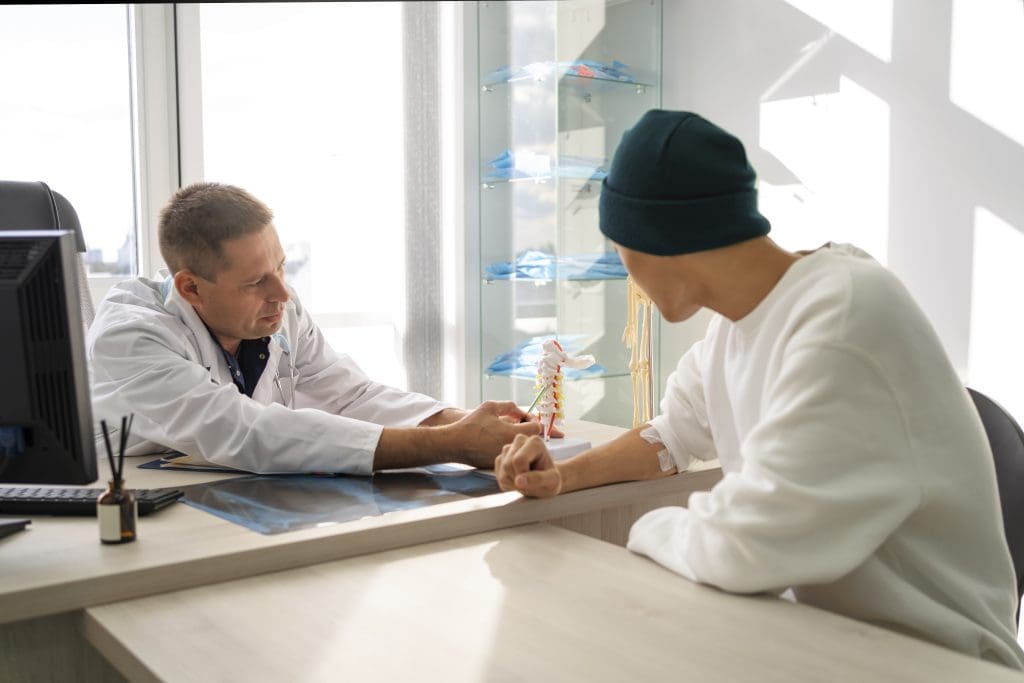
Left-Sided Colon Pain: Causes and Significance
Pain in the lower left part of the abdomen often points to colon issues. This pain can be from problems with the sigmoid or descending colon. Such pain is a sign of various conditions that need medical help.
Sigmoid Colon Issues
The sigmoid colon is prone to diverticula, leading to diverticulitis, an inflammation and pain condition. It can also be affected by inflammatory bowel disease (IBD), like ulcerative colitis or Crohn’s disease.
Descending Colon Problems
The descending colon faces similar issues as the sigmoid colon, including IBD and diverticular disease. These problems can cause left-sided abdominal pain.
Splenic Flexure Syndrome
The splenic flexure is a bend in the colon near the spleen. Issues here, known as splenic flexure syndrome, can cause pain. This pain is often mistaken for heart or lung problems.
Differentiating from Other Left-Sided Pain
It’s important to tell colon pain from other left-sided abdominal pain causes. This includes kidney stones or gynecological issues. A detailed medical check is needed to find the pain’s source.
Understanding the location and characteristics of abdominal pain is essential for accurate diagnosis.
Right-Sided Colon Pain: Causes and Significance
Understanding right-sided colon pain is key to spotting gastrointestinal issues. This pain can stem from problems in the ascending colon, cecum, and nearby areas.
Ascending Colon Disorders
The ascending colon is part of the large intestine. It can face issues like inflammation, infection, and growths. Problems like diverticulitis and colon cancer can lead to pain in the right lower quadrant.
Cecum-Related Discomfort
The cecum marks the start of the large intestine, found in the right lower quadrant. Issues like cecal volvulus or intussusception can cause a lot of discomfort and pain.
Appendicitis vs. Colon Pain
Appendicitis is a common cause of right lower quadrant pain. It’s often mistaken for colon pain. But, appendicitis usually has more sudden symptoms and might need surgery.
Hepatic Flexure Syndrome
The hepatic flexure is the colon’s bend near the liver. Issues like diverticulosis or colon cancer in this area can cause pain. This pain might feel like it’s coming from the right upper quadrant or side.
To figure out the cause, a detailed medical check-up is needed. This includes tests like imaging studies and endoscopy.
When Colon Pain Radiates: Beyond the Abdomen
Colon pain isn’t just felt in the abdomen. It can spread to other areas. This happens because of how the gut is connected to other parts of the body.
Back Pain Connected to Colon Issues
Back pain can be linked to colon problems. This is true if there’s inflammation or irritation nearby. For example, diverticulitis can cause pain that feels like it’s coming from the lower back.
Upper Abdominal Discomfort
Even though the colon is in the lower gut, issues there can cause pain in the upper abdomen. This might happen through referred pain or because of conditions like irritable bowel syndrome (IBS).
Referred Pain Patterns
Referred pain is when you feel pain in a place that’s not where the problem is. For colon pain, this can mean feeling pain in the back, pelvis, or even the chest.
Systemic Symptoms Associated with Colon Pain
Colon pain can also bring on other symptoms that show a bigger problem. These can include fever, feeling very tired, not wanting to eat, or changes in how you go to the bathroom.
| Systemic Symptoms | Possible Causes |
| Fever | Infection or inflammation (e.g., diverticulitis, inflammatory bowel disease) |
| Fatigue | Chronic inflammation, malabsorption, or anemia |
| Loss of Appetite | Pain, nausea, or systemic inflammation |
| Changes in Bowel Habits | Irritable bowel syndrome, inflammatory bowel disease, or other colon disorders |
Common Conditions Causing Colon Pain
Understanding what causes colon pain is key to managing it well. Colon pain can signal many issues, from mild to serious.
Several common conditions lead to colon pain. These include inflammatory bowel disease, irritable bowel syndrome, diverticular disease, and colorectal cancer. Each condition needs a different treatment approach.
Inflammatory Bowel Disease
Inflammatory bowel disease (IBD) is a chronic inflammation of the gut. It includes Crohn’s disease and ulcerative colitis. Crohn’s can affect any part of the gut, while ulcerative colitis mainly hits the colon.
Symptoms of IBD include stomach pain, diarrhea, weight loss, and tiredness. The exact cause is unknown but involves genetics, immune issues, and environment.
Irritable Bowel Syndrome
Irritable bowel syndrome (IBS) is a disorder that causes stomach pain and bowel changes. It doesn’t cause inflammation or structural changes in the colon.
IBS symptoms include stomach pain, bloating, gas, diarrhea, and constipation. The cause is unknown but stress, diet, and hormones can make symptoms worse.
Diverticular Disease
Diverticular disease is when small pouches form in the colon wall. Diverticulosis is having these pouches, and diverticulitis is when they get inflamed.
Diverticulitis symptoms include lower left side stomach pain, fever, nausea, and bowel changes. It’s more common in older adults and linked to a low-fiber diet.
Colorectal Cancer
Colorectal cancer is a cancer in the colon or rectum. It often starts as a benign polyp that can turn malignant.
Symptoms include stomach pain, bowel changes, blood in stool, and unexplained weight loss. Risk factors include age, family history, and certain genetic syndromes.
In conclusion, colon pain can stem from various conditions, each with its own symptoms and risks. Accurate diagnosis is vital for proper treatment and management.
Diagnosing the Source of Colon Pain
To find out what’s causing colon pain, knowing when to see a doctor is key. It’s also important to understand the tests and procedures used to diagnose.
When to Seek Medical Attention
Colon pain can mean different things, from minor to serious issues. You should see a doctor if you have:
- Persistent or severe abdominal pain
- Bleeding from the rectum
- Changes in bowel habits
- Unexplained weight loss
- Fever or vomiting
These signs might point to a serious problem that needs quick medical attention.
Diagnostic Tests and Procedures
Figuring out what’s causing colon pain involves several tests and procedures. These include:
- Colonoscopy: A way to look at the whole colon.
- CT Scan: Gives detailed pictures of the belly area.
- Barium Enema: Uses X-rays and barium to see the colon.
- Stool Tests: Check for infections or inflammation.
- Endoscopy: Looks at the upper digestive system.
These tools help doctors find the cause of pain and plan the right treatment.
Differential Diagnosis Considerations
Differential diagnosis is a big part of managing colon pain. It’s about figuring out which condition is causing the symptoms. Doctors look at:
- Medical history
- Symptom details
- Physical exam results
- Test results
By looking at these things, doctors can guess the cause and make a correct diagnosis.
Treatment and Management Strategies
Managing colon pain requires understanding its causes and using the right treatments. A good approach combines medical help, lifestyle changes, and stress management.
Medication Options
Many medications can ease colon pain, depending on the cause. For example, anti-inflammatory drugs might be used for inflammatory bowel disease. Antispasmodics can help with cramping from irritable bowel syndrome.
It’s key to listen to your doctor about using medication for colon pain. They can suggest the best options for you.
Dietary Modifications
Diet is important in managing colon pain. Identifying and avoiding trigger foods can lessen symptoms. Common culprits include dairy, gluten, and high-FODMAP foods.
Eating more fiber, like fruits, veggies, and whole grains, can also help. But, increase fiber slowly to avoid making symptoms worse.
Lifestyle Changes
Some lifestyle changes can also help with colon pain. Regular physical activity can improve digestion and lower stress. Drinking enough water is also key to prevent constipation.
Keeping a healthy weight can also help. It reduces pressure on your stomach and can ease symptoms.
Stress Management Techniques
Stress can make colon pain worse, so managing stress is vital. Techniques like meditation, yoga, and deep breathing exercises can help lower stress.
Doing things you enjoy can also help reduce stress and boost your mood.
Conclusion: Prevention and Long-term Outlook
Keeping your colon healthy is key to feeling good overall. Knowing what causes colon pain is the first step to staying healthy.
By taking steps to prevent problems, you can lower your risk of colon issues. This means changing your diet, your lifestyle, and how you handle stress. These actions are important for keeping your colon healthy for a long time.
Understanding the location and characteristics of abdominal pain is essential for accurate diagnosis.
When you manage colon pain well, your future looks bright. By focusing on your colon’s health and preventing problems, you can live better and avoid serious issues.
FAQ
Where is colon pain usually felt?
Colon pain is often felt in the lower abdomen. It can also be in the left and right lower quadrants. Sometimes, it’s felt in the rectal and pelvic areas, or even in the back or upper abdomen.
What are the common causes of left-sided colon pain?
Left-sided colon pain can stem from issues with the sigmoid colon or descending colon. Splenic flexure syndrome is another cause.
How is right-sided colon pain differentiated from appendicitis?
Right-sided colon pain can be due to problems with the ascending colon or cecum. It can also be caused by issues with the hepatic flexure. A detailed diagnosis is needed to tell it apart from appendicitis.
What are the common conditions that cause colon pain?
Colon pain can be caused by inflammatory bowel disease, irritable bowel syndrome, and diverticular disease. Colorectal cancer is another common cause.
When should I seek medical attention for colon pain?
Seek medical help if your colon pain is severe or lasts a long time. Look for symptoms like rectal bleeding, fever, or changes in bowel habits.
What diagnostic tests are used to diagnose the source of colon pain?
Tests like colonoscopy, CT scans, and MRI are used to find the cause of colon pain. A physical exam and medical history are also important.
What are the treatment options for colon pain?
Treatment for colon pain includes medication and changes in diet and lifestyle. Stress management is also key, depending on the cause.
Can colon pain be a sign of a serious underlying condition?
Yes, colon pain can signal serious issues like colorectal cancer or inflammatory bowel disease. It’s important to get it checked by a doctor.
How can I manage chronic colon pain?
Managing chronic colon pain requires a full approach. This includes dietary changes, stress management, and lifestyle adjustments. Medical treatment may also be needed.
What are the symptoms associated with colon pain?
Symptoms of colon pain include abdominal cramps, bloating, and gas pain. Changes in bowel habits and rectal pain are also common.
Can stress exacerbate colon pain?
Yes, stress can make colon pain worse. Techniques like meditation, yoga, or deep breathing can help reduce symptoms.
How can I prevent colon pain?
To prevent colon pain, eat a healthy diet and stay hydrated. Managing stress and regular health check-ups are also important.


